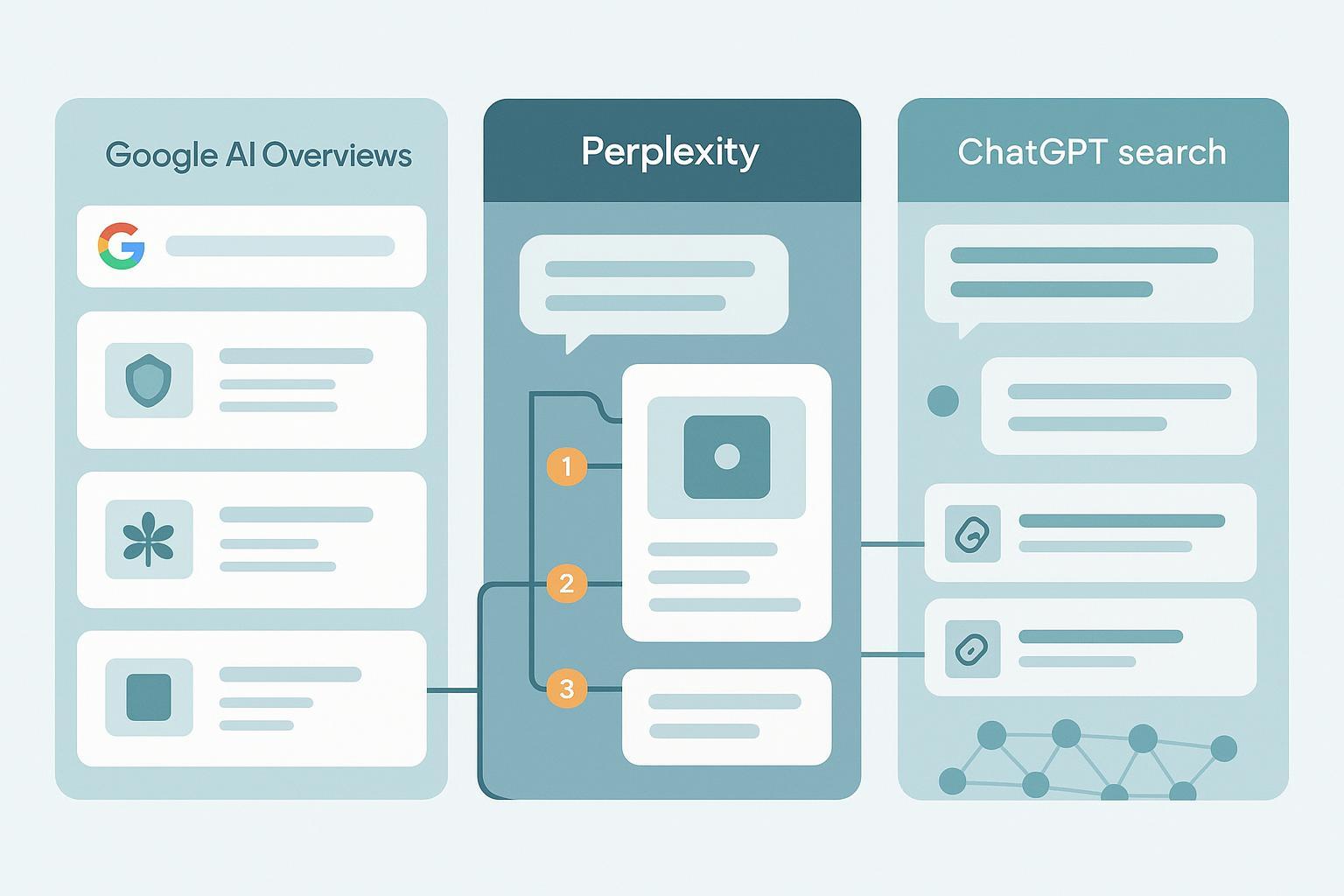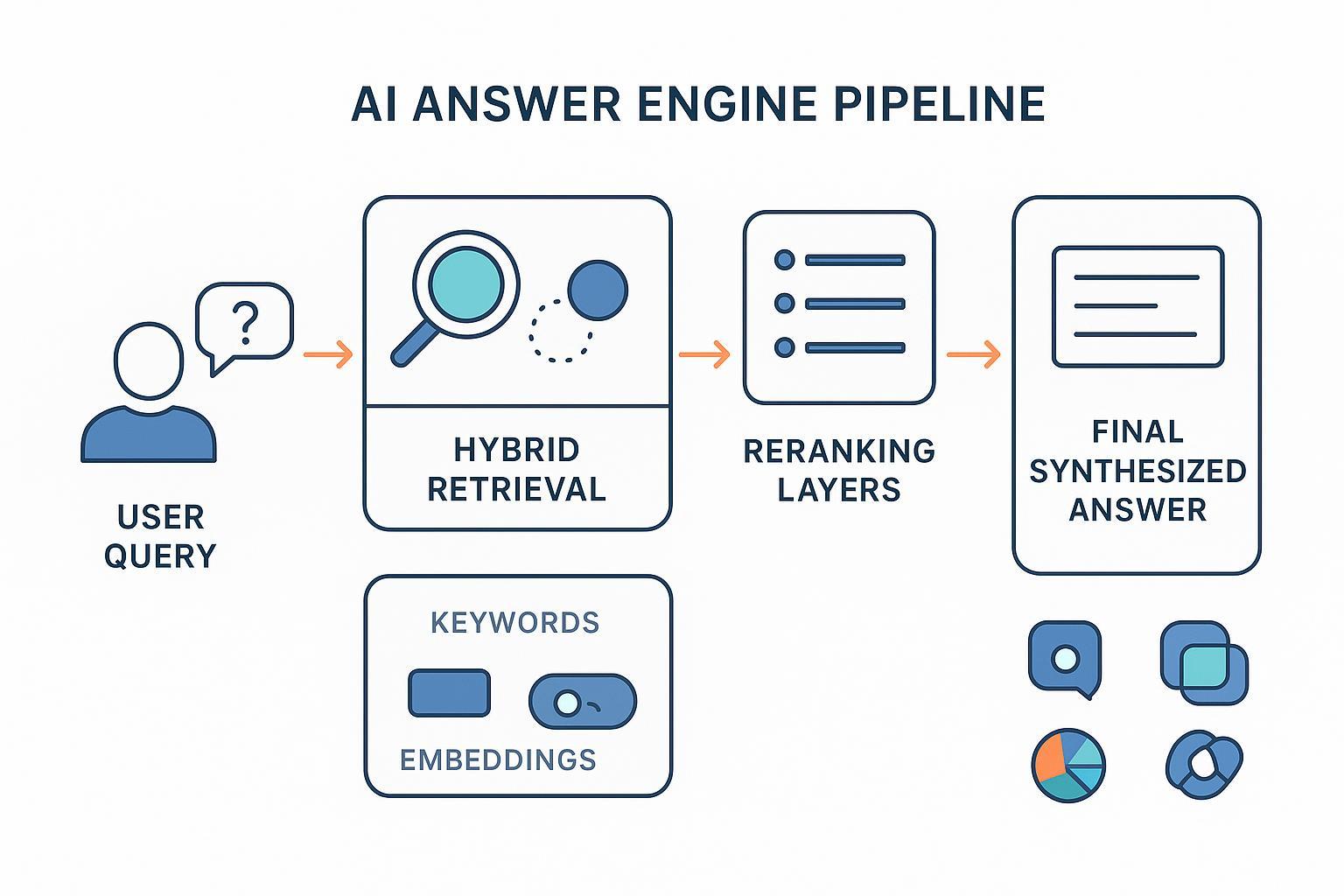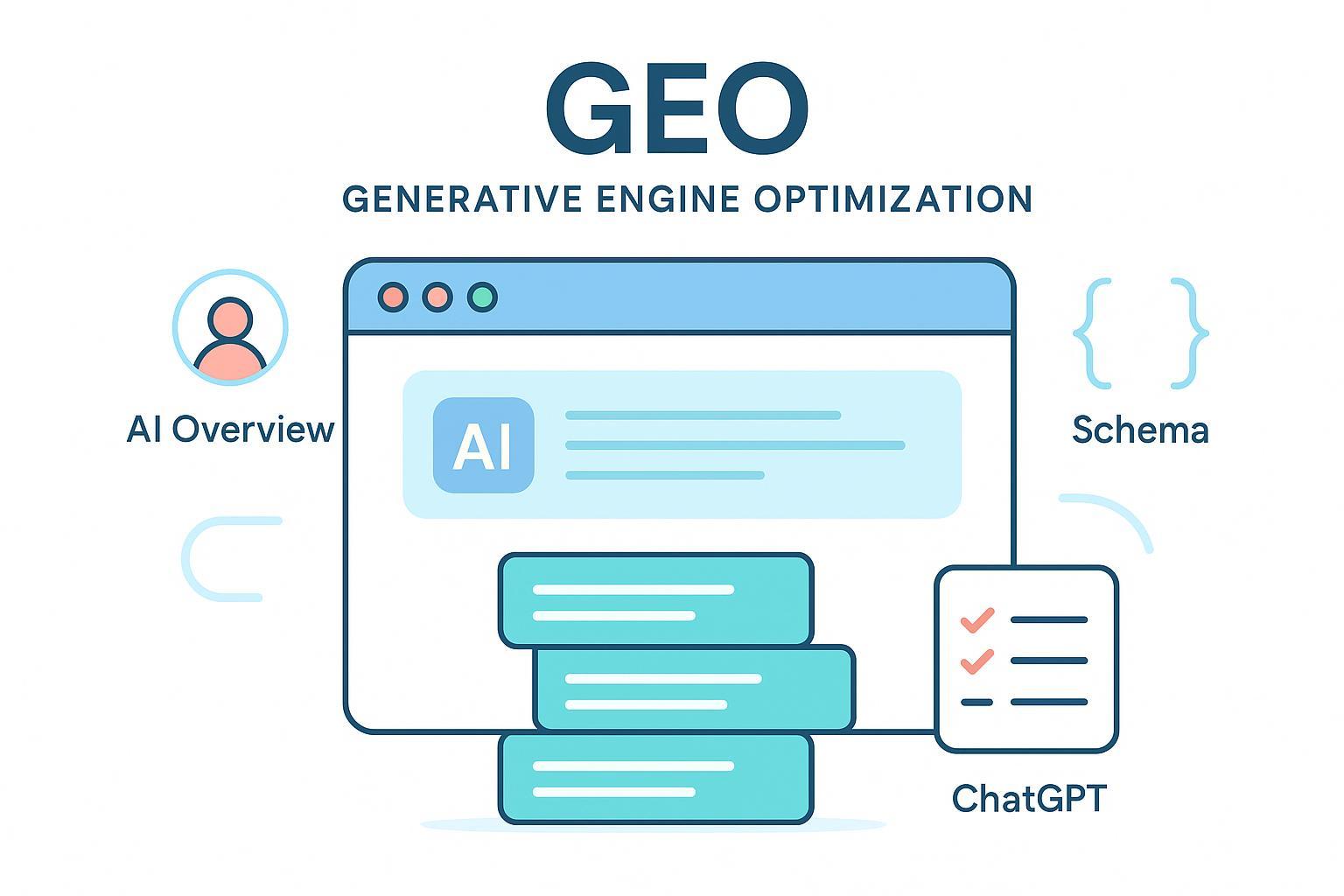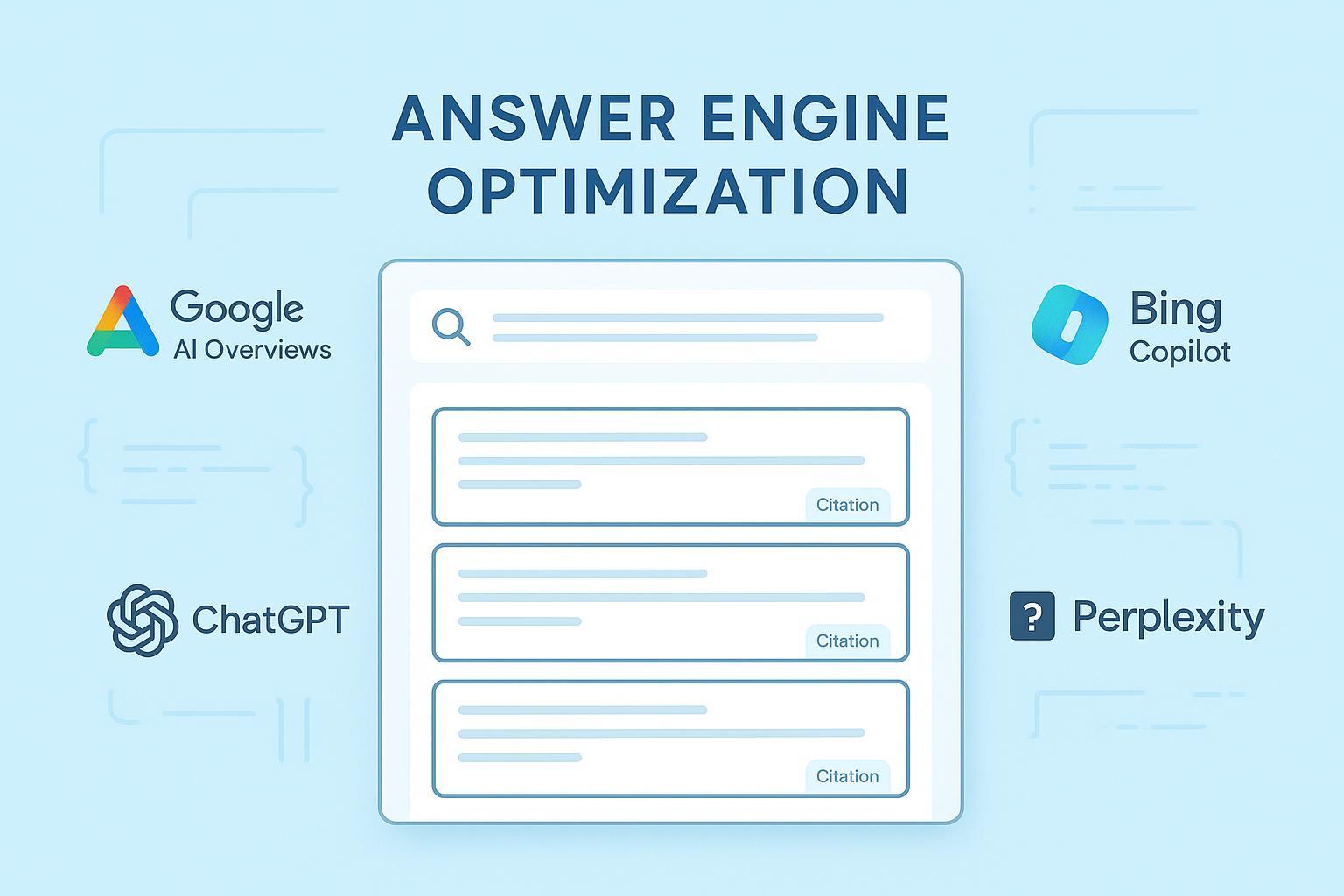2025: How Brands Win Citations in Generative AI Search
Discover 2025's shift from clicks to citations in AI search. Learn actionable tactics, see new data, and optimize your brand's visibility today.

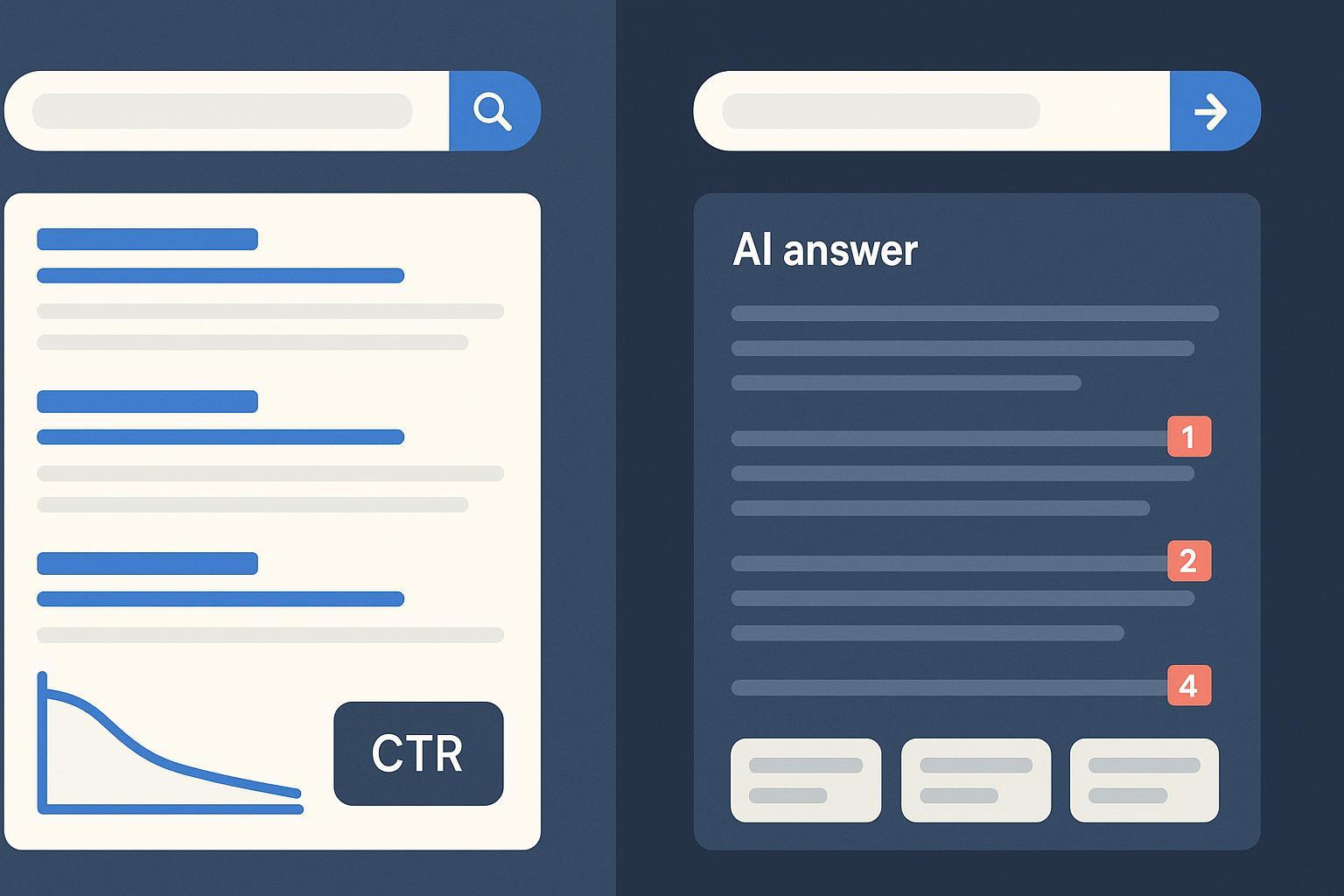
Generative AI search has redrawn the map of discovery. Where classic SERPs optimized for blue‑link clicks, AI answers now synthesize and cite the web—often satisfying intent without a traditional click. For brands, the battleground is shifting: it’s no longer enough to rank; you need to be mention‑worthy and attributable inside AI summaries.
In 2025, this shift accelerated. Google’s AI experiences emphasize helpful, original content; longer, follow‑up questions; and deeper exploration paths. As Google explains in its May 2025 guidance, “helpful, reliable, people‑first content” remains the north star for success in AI search experiences, especially as queries become more specific and multi‑step, according to the Google Search Central post (May 2025).
This article lays out how leading brands are re‑architecting content for AI extractability and authority, then measuring visibility through citation share across engines. If your KPI stack still centers on position and CTR alone, it’s time to add “citation rate” and “prompt coverage” to your scoreboard.
What changed across engines in 2025
- Google’s AI experiences (AI Overviews and AI Mode) assemble responses with supportive links. While implementations vary by test and surface, Google’s recent guidance underscores that AI responses include “helpful links to the web” for exploration—the thrust of the Google Search Central guidance (May 2025).
- Perplexity continues to foreground source transparency. Its own overview states that every answer includes clickable citations, reinforcing verification and deeper reading—see Perplexity’s getting started hub (Oct 2024, current in 2025).
- Chat assistants like ChatGPT with Search/Browse surface relevant web links in responses, changing how users consume and attribute information. OpenAI’s update confirms answers with links to sources—see OpenAI’s “Introducing ChatGPT search” (Feb 2025).
The UI and placement of citations differ: Google often clusters sources near or below summaries; Perplexity typically embeds inline citations; ChatGPT may show footnote‑like links. The practical takeaway for brands: you must offer extractable, verifiable facts and clearly attributable expertise so systems select—and credit—your content.
The data: prevalence and CTR impact
Frequency and behavior patterns are no longer speculative. Several 2025 studies quantify how AI answers affect discovery dynamics:
- Across more than 10 million keywords, Semrush found AI Overviews triggered on 6.49% of queries in January 2025, 7.64% in February, and 13.14% in March—skewing toward informational intent, according to the Semrush AI Overviews study (July 2025).
- BrightEdge’s year‑in analysis reported that impressions rose while clicks fell where AI Overviews appeared—roughly a 30% CTR decline since May 2024—per the BrightEdge release (May 2025).
- A user behavior study by Pew Research observed that people clicked traditional links in 8% of visits when an AI summary appeared vs 15% without—about a 46.7% relative drop—see Pew Research short read (July 2025).
- Industry tracking also shows distribution differences by surface: brands tend to appear more consistently in AI Mode than in AI Overviews, with higher volatility in AIO—summarized in Search Engine Land’s coverage of BrightEdge cohort data (July 2025).
Taken together, the signal is clear: AI answers are taking an increasing share of informational discovery; clicks are redistributed; and your inclusion in citations has material impact on assisted conversions and brand recall—even when users don’t click.
How successful brands adapt content for AI extractability and authority
- Architect for layered comprehension
- Put a concise, fact‑dense answer block high on the page (1–3 sentences) that directly addresses the query.
- Follow with deeper context, examples, and visual aids (lists, tables) to satisfy human readers and machine reasoning.
- Mirror common questions with clear H2/H3 and short paragraphs for passage‑level retrieval.
- Strengthen entity signals and authorship credibility
- Maintain robust organization and person schema; include expert bylines with credentials and an editorial review note.
- Use consistent naming, disambiguation, and cross‑references across your site and off‑site mentions to reinforce the knowledge graph.
- Implement structured data where it helps extractability
- FAQPage for common Q&A, HowTo for procedural content, and Article with author/date properties to support clarity.
- Ensure clean, semantic HTML and avoid obfuscated UI that hinders crawling or citation extraction.
- Cite authoritative sources in your content
- Reference primary datasets and official documentation with descriptive anchors (publisher + year). This increases trust and helps AI systems validate and attribute your claims.
- Keep content fresh and specific
- Update time‑sensitive sections; annotate changes. AI systems favor content that reflects current facts and evolving guidance.
Measuring the shift: citation rate, prompt coverage, and entity recall
Add AI‑centric KPIs alongside SERP metrics:
- Citation rate: the share of tested prompts in which your domain is credited in the AI answer.
- Prompt coverage: the proportion of prompts (branded and unbranded) where your brand is present in the AI response—cited or mentioned.
- Entity recall: consistency of your brand/entity being correctly referenced across engines and sessions.
A practical “measurement recipe”
- Define 25–50 high‑intent prompts per topic cluster (mix branded and non‑branded).
- Test weekly across Google AI Overviews/AI Mode, Perplexity, and ChatGPT with Search/Browse. Record whether your domain is cited, how it’s described, and the placement.
- Track volatility with a change‑log—annotate platform updates and content changes.
- Map prompt coverage to funnel stages and business outcomes (e.g., assisted conversions from citation clicks, brand lift).
For a visual example, see a prompt‑level visibility report that illustrates how categories and brands surface across AI answers.
A cross‑engine monitoring workflow (example)
Here’s a neutral, hands‑on workflow to operationalize the above:
- Establish a baseline: Run your prompt set through Google AI surfaces, Perplexity, and ChatGPT with Search/Browse; capture which pages get cited and how your brand is referenced.
- Set up ongoing monitoring: Consolidate weekly snapshots to track citation rate, prompt coverage, and sentiment.
- Instrument your reporting: Align these metrics to marketing outcomes (e.g., assisted conversions, PR wins, reputation shifts).
To streamline the monitoring layer, many teams use platforms designed for multi‑engine visibility. For example, you can monitor citation share across AI engines with cross‑engine tracking, sentiment analysis, and historical query logging. Disclosure: Geneo is our product.
If you’re assessing alternatives and process fit, compare tooling approaches for AI brand visibility monitoring and ensure whichever stack you choose can capture citation wording, source placement, and session‑level changes.
Governance for volatility: editorial hygiene and change‑logs
AI search is fast‑moving, and your visibility can swing week to week. Treat governance as a first‑class capability:
- Maintain an “Updated on” stamp and a mini change‑log on key pages.
- Document editorial standards: expert bylines, review cycles, and sourcing rules.
- Create an escalation path for brand safety: monitor negative or off‑spec citations and respond with clarifying content and PR when needed.
- Internationalization: ensure entity data and content structures adapt across languages/markets; track citation behavior by locale.
Updated on October 4, 2025
Change‑log
- 2025‑10‑04: Initial publication; incorporated 2025 data on AIO prevalence and CTR impacts; added workflow example and governance recommendations.
Looking ahead: from rank‑dependence to mention‑worthiness
The center of gravity has moved. Optimizing solely for organic clicks in classic SERPs leaves opportunity on the table. Build content that is extractable, attributable, and expert‑backed; measure your citation share and prompt coverage; and iterate as engines evolve.
Next steps
- Identify your top 3 topic clusters most affected by AI answers.
- Draft answer blocks and FAQs; add schema where appropriate.
- Launch weekly cross‑engine monitoring and a simple change‑log.
- Align reporting with assisted conversions and brand outcomes—not just CTR.
As you operationalize this, keep your stack vendor‑neutral and outcome‑focused. If you need a starting point for monitoring, consider a platform that consolidates citations, sentiment, and historical prompts—Geneo can play that role—but choose the fit that best aligns to your governance and measurement needs.
Byline: Senior SEO & AI Search Strategist (E‑E‑A‑T: technical SEO, entity management, multi‑engine reporting). Editorial review completed in October 2025.


